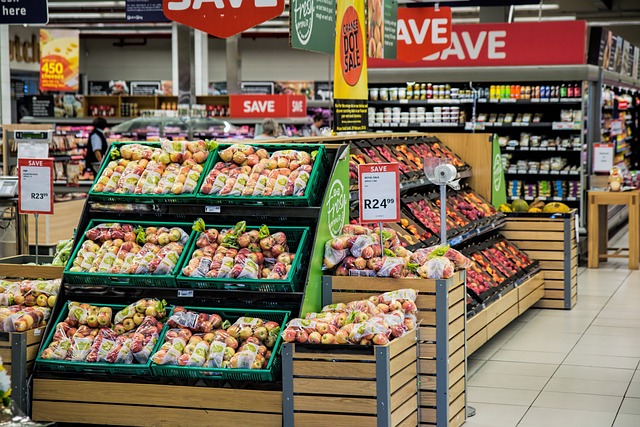Food wastage is a sign that there is an inefficient use of resources.
Globally, about a third of the world’s food is wasted, which is about 1.3 billion tonne a year.
The 1.3 billion tonnes of food are more than enough to feed the world’s hungry four times over.
Furthermore, with this much food produced, it puts a massive pressure on the earth’s natural resources such as land and water for food production, leading to greenhouse gas emission.
This is because food that goes to the landfill and rots, it produces methane—a greenhouse gas even more potent than carbon dioxide.
Did you know that in Malaysia as much as 17, 000 tonnes of food waste are recorded on a daily basis, in which about 3,000 tonnes are still edible?
It was also said that the cost to dispose of food wasted by each Malaysian household comes to about RM210 a month, or RM2,600 a year,
By 2025, the cost of treating food waste per household is expected to increase from the current RM60-RM150 to RM160-RM400.
Many tech companies around the world have come up with creative ways to solve the food waste crisis.
Food production and harvesting
Food processing companies have to comply with high food safety regulations and policies.
However, in doing so, the companies in the food production sector may end up with creating waste.
California-based company Apeel managed to improve their shelf-life of fruits and vegetables by using invisible, edible coating that is made from wasted agricultural products like leftover grape skins from wine production.
Another invention that uses data driven approach is Tenzo. It is a software allows restaurants to predict exactly how much they would sell by creating a hyper-accurate AI sales forecasting algorithm.
Aside from that, it also forecast down to the menu item level, allowing restaurants to dramatically reduce food waste.
Another invention, Hazel Technologies’ product, a little sachet containinga chemical called 1-MCP, a potent plant hormone that sends a strong signal to fruits that it is not yet time to ripen, hence allowing more shelf time for produce.
Food supply chain
The retail step of the supply chain refers to grocery stores, supermarkets and restaurants.
But sometimes, with so much food production, many of the items may go bad or expired.

Technology on the other hand may help quickly identify food that is near expiry as these days many grocers use expiration date tracking software to better manage their inventory and prevent spoilage.
For instance, Israeli startup Wasteless, through data-driven approach uses small screens to display dynamically changing prices for each item on the shelf.
Aside from that, Finale Inventory is also another example of one such company with inventory management software that particularly targets the food and beverage industry.
They use a cloud-based inventory management approach that allows users to monitor their stock across multiple locations using one centralised programme.
With this, users can access accurate stock quantities no matter their location, better ensuring their supply doesn’t exceed market demand.





